As a professional musician and audiophile with over 20 years of experience working with headphones and audio equipment, the question I get asked most often is: should I choose open back or closed back headphones? And which design is better?
The answer, as with most things in life, is: it depends. There are good arguments and key benefits to both open and closed back headphone designs.
Open Back Headphones - Letting Sound Breathe
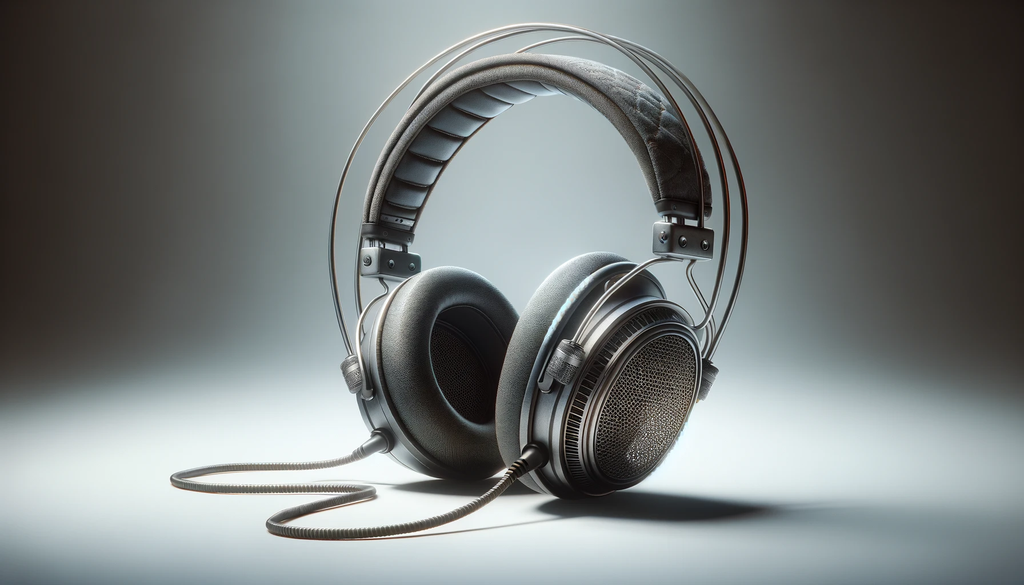
Open back headphones have earcups with perforations and open grilles that allow sound to freely escape outwards. Some key advantages of this design are:
- Spacious and Natural Soundstage: With open backs, the sound feels like it has more room to breathe. You get a wider, more spacious soundstage that creates a lush, natural listening experience - almost like being at a live concert.
- Enhanced Clarity and Detail: There is less audio masking with open backs across mids and highs. The open design gives the drivers more room to create a vibrant, clear and balanced sound profile.
- Breathability and Comfort: The perforated earcups don't build up as much heat and humidity during long listening sessions. This makes open backs extremely comfortable for extended, critical listening use cases.
Closed Back Headphones - Sound Isolation and Punchy Bass

In contrast, closed back headphones have solid earcup enclosures with no openings. Some standout benefits offered by this sealed design include:
- Powerful and Thumping Bass: Closed backs emphasis the lower frequencies, making the bass feel punchy and impactful. The closed design helps accentuate the thump and rumble.
- Noise Isolation: Keeping sound locked in allows closed back headphones to passively dampen external noises. This makes them suitable for use in noisy environments.
- Audio Leakage Containment: Just as outside noises are blocked, keeping sound from leaking out also allows you to use closed backs in public settings without disturbing others around you.
As you can see, both open and closed back headphones cater to different priorities and use cases. The choice ultimately depends on your personal preferences and listening requirements. Next, let's dive deeper into the sound quality debate...
The Soundstage Showdown

One of the most hotly debated aspects of open vs closed back headphones is the concept of "soundstage" - essentially the width and positioning of audio cues that create a sense of space and dimension.
This ties in with a related concept called imaging - how accurately sounds are mapped around the soundstage so you can pinpoint direction and distance.
As an audio engineer and musician, quality soundstage reproduction and imaging are vital parts of the listening experience for me.
Open Backs Create an Airy, "Out-of-Head" Sound
Open back headphones tend to have a significantly more spacious and natural-feeling soundstage. The open construction gives the audio more room to breathe.
Wider Perception of Width and Depth
With open backs, there is a wider perceived width and depth to the soundstage. It feels more like listening to a high-end surround sound system versus regular headphones.
You get more space between instruments and vocals. As a result, open backs make live recordings sound incredibly natural and true-to-life. You can easily visualize each band member playing at distinct spots on a stage.
Holographic Imaging for Pinpoint Directionality
The excellent imaging capability also creates clear directionality and distance cues. For example, while listening to a jazz quartet recording, I could distinctly separate out the saxophone player on my far left, the drummer on the right, pianist in the center and double bass behind them all.
This holographic imaging recreates the stage set-up flawlessly. I could pinpoint exact locations just with audio cues thanks to my Sennheiser open backs. It feels like you've been transported right next to the musicians!
Closed Backs Offer a More Intimate, In-Your-Head Sound
With closed back headphones, soundstage and imaging quality varies wildly depending on the acoustic engineering.
Perception of Narrower Space
Typically though, the closed in design creates a more narrow and intimate sound compared to open backs. There isn't as much perception of space between instruments.
Everything sounds crunched together in one tight space rather than cleanly separated out. This impacts instrument distinction significantly.
Sonic Elements Blend Together
Due to this blending effect, the sonic elements also don't image as clearly. You lose information on directionality and distance between band members or game characters speaking.
While closed backs have improved in this area over the years thanks to audio processing tricks, they still can't match the natural spaciousness of open back soundstages.
At the end of the day, holographic imaging and an immersive, out-of-head sound experience is where those open back designs really outshine their closed back siblings!
Balanced Bliss vs Bass Bliss
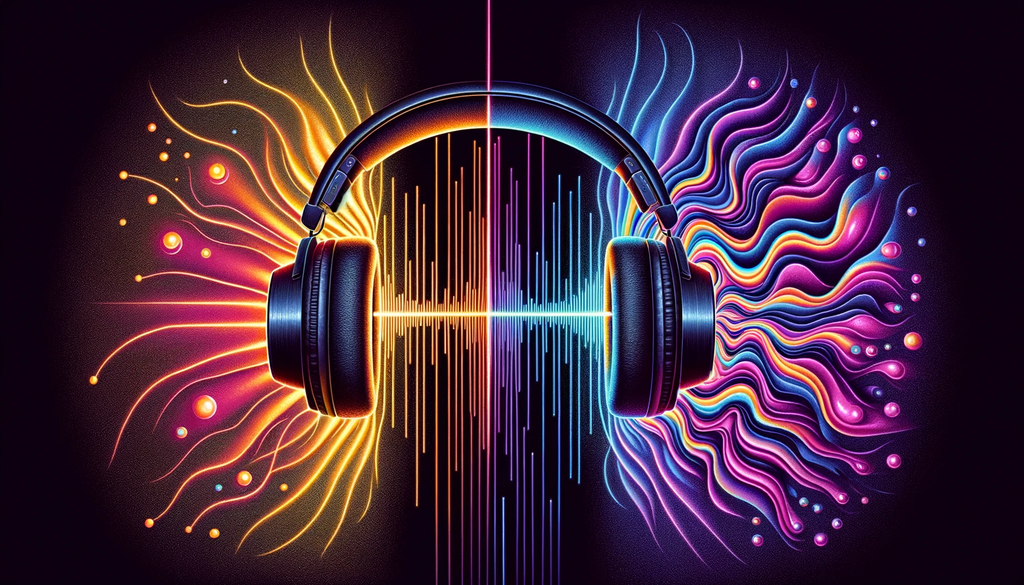
Another key difference in the open vs closed back sound profile lies in the all-important frequency response curve - essentially how the headphones reproduce the full spectrum of bass, mids and high audio frequencies.
As a classically-trained pianist and mixing engineer, I have very high standards when it comes to clear, balanced frequency reproduction. Most music lovers and audiophiles do as well!
Open Backs Deliver Pristine Mids and Crystalline Highs
The open-back construction generally provides extremely balanced and clear mids and highs across acoustic instruments, vocals and cymbals/hi-hats.
For example, the mids on my open-back Sennheisers make guitars and pianos spring to life with gorgeous warmth and detail. Vocals shine through brilliantly thanks to the lack of masking.
Treble frequencies also sparkle without sounding harsh or fatiguing to me - symbols have crisp detail without any brittleness or metallic ringing to my ears.
Overall, it's a vibrant, smooth and rich tonal balance that makes long listening fatigue-free. The open design really allows you to hear all the harmonic complexities shine through!
Closed Backs Thump Harder with That Bass!
In contrast, closed-back headphones emphasize the lower bass and sub-bass frequencies for a signature pulsating, punchy low-end.
I tested some V-Moda closed backs recently that blew me away with bottomless sub bass extension - the throbbing synth lines and booming hip hop beats hit HARD without distorting at crazy volumes.
However, the trade-off tended to be more recessed, veiled mids compared to open backs - male vocals lacked some richness and electric guitar had a thinner crunch.
So if you love bass above all else, closed backs will pound out that low-end power! But crank open that soundstage with open backs if clarity and balance are your priorities.
Noise Isolation vs Natural Leakage
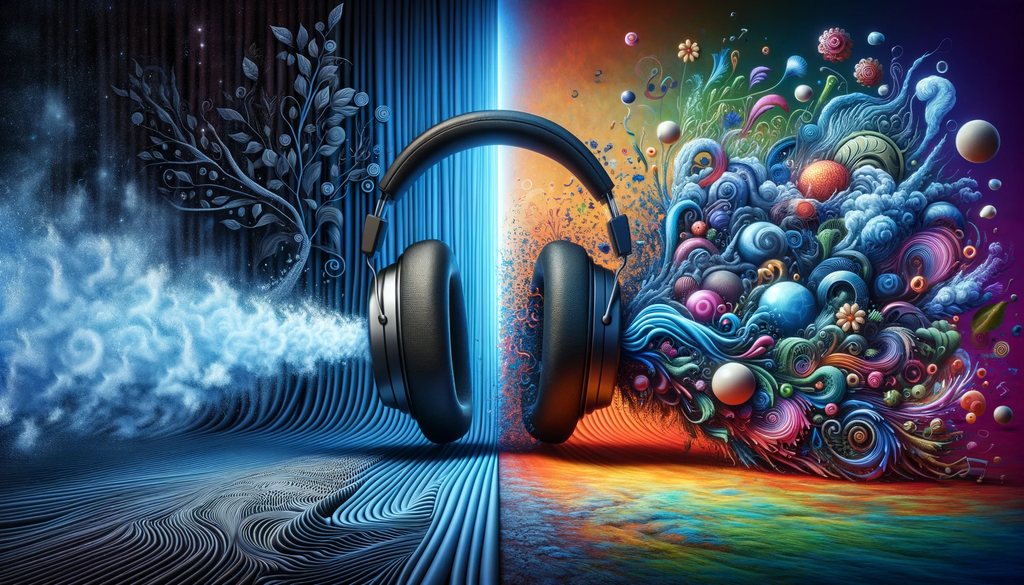
Whether you're commuting on a noisy train, working in a bustling office, or relaxing at home, the amount of noise isolation and sound leakage headphones provide can greatly impact your listening experience and those around you.
As a headphone designer and technician earlier in my career, getting the right balance of external noise damping versus natural openness was always a key engineering challenge.
Closed Backs Block Noise In and Contain Sound
Thanks to their solid, sealed earcup design, closed-back headphones passively isolate your music from ambient noise better than most noise-cancelling models on the market.
Multi-Layered Damping Materials
Many premium closed-back headphones will use multi-layered damping materials like memory foam and synthetic leather not just for comfort, but also preventing sound leakage.
This allows for incredibly high noise isolation ratings. For example, the industry-leading Bose 700 headphones achieve a full 30db of damping in an independent lab test thanks to patented earcup isolation tech.
Prevent Audio Leakage in Public
The closed construction also stops sound from bleeding out. I've DJed with clubs with booming closed-back monitoring headphones that contained leakage very effectively so I didn't blow out my ears.
This also makes them ideal for listening discretely in public so you don't disturb those around you - something I learned quickly commuting with open-backs early in my audio career!
Open Backs Allow in Noise and Unleash Sound
With open-back headphones, it's quite the opposite scenario - that open grille design that creates spacious sound stages also allows in all that environmental noise without passive damping.
No Barrier to Ambient Chatter and Noise
In loud settings, this can get extremely distracting to critical listening applications or even basic music enjoyment. It's almost like you aren't wearing headphones at all!
I definitely don't recommend open backs for commutes or flights unless you want to hear babies crying and engines roaring. It completely kills your musical immersion.
SoundLeaks Out Easily
And just as noise comes in freely, sound also leaks out loudly from open backs! I tend to not use open headphones much when my wife's studying in the same room. I stick to closed backs out of courtesy when others are around!
So if sound isolation is important to you - whether to focus on your content without distractions or be considerate about noise pollution, closed backs would be the preferred choice over their leakage-prone open back cousins.
Comfort Champions or Sweaty Head Vices?

When you're wearing headphones for extended periods, whether jamming out to playlists or immersed in games and podcasts, comfort becomes vital to the experience.
Over my years of testing hundreds of headphones models in all sorts of leisure, studio and stage settings, smaller nuances of fit, weight, warmth and breathability really separate the joyful, forget-they're-on listens from ear-screaming head vice nightmares!
Open Backs Allow Your Ears to Breathe Freely
Thanks to their open-back grill design that reveals the inner driver components, airflow circulates completely freely with most open-back cans.
Even during marathon listening or mixing sessions, my ears never feel fatigued or painfully sweaty wearing open backs for 6+ hours compared to closed-back sets I've worn.
The greater breathability prevents moisture build-up. And since the earcups themselves Rest so feather-light on your head, you barely notice the headphones are there.
Closed Backs Can Get Hot and Uncomfortable
Due to the acoustic isolation requirements, closed-back headphones need to seal off the drivers with solid earcup enclosures covered in synthetic leather and memory foam.
After a while, this really heats up the area around your ears and side of head. As sweat accumulates, closed back headphones become extremely uncomfortable to me.
The tight clamping force required for noise isolation also exacerbates discomfort over time. This has forced me to take off many closed-back headphones less than an hour into mixing sessions.
So if you plan on wearing headphones for hours daily with glasses, earrings or long hair, opt for those breezy open backs instead of stifling closed-back cans for comfort bliss!
Ideal Usage Scenarios
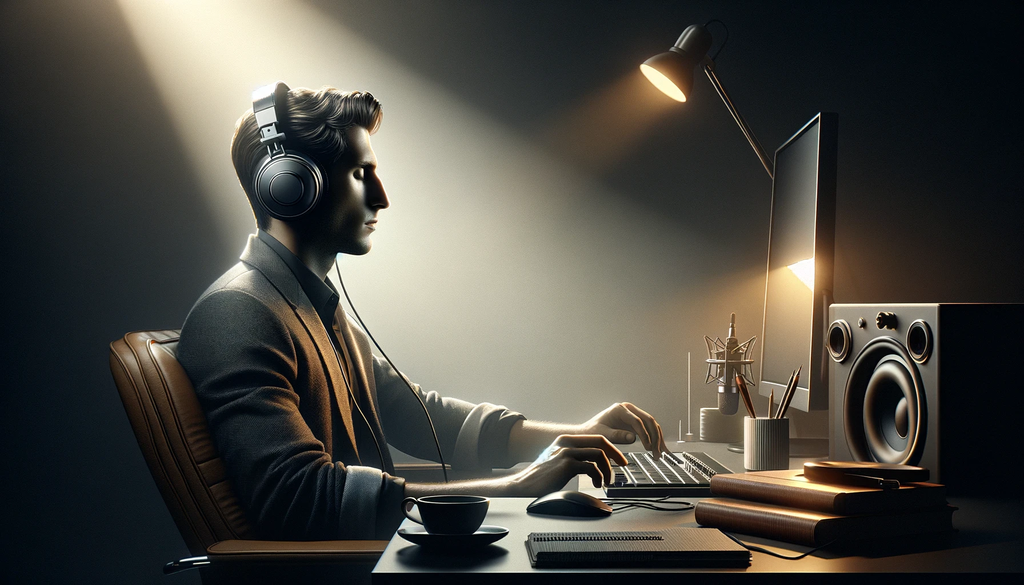
With both open-back and closed-back headphones offering distinct sound profiles and noise handling capabilities, certain use case scenarios tend to favor one headphone design over the other.
Over years of testing headphones across studio editing, outdoor exercises, gaming sessions, public commuting and late-night listens, I’ve come to recognize prime settings for open vs closed backs.
Here are my top recommendations for getting an optimal listening experience based on your activity.
Open Backs Reign for Quiet Indoor Scenarios
Thanks to their airy, expansive soundstage without noise isolation, open-back headphones are ideally meant for quiet indoor settings like your home office or studio control rooms.
Spacious Mixing and Mastering
Recording engineers require the clear imaging and frequency response of open backs when mixing albums to pick out every spatial detail.
Immersive Gaming
For gaming sessions, open backs render in-game surround sound mixes with breathtaking holographic precision - you can hear enemies sneaking up clearly from their exact positions!
Just avoid noisy households or you’ll hear kids yelling over your gameplay! I keep the closed backs on hand if things get loud.
Closed Backs - Outdoor and Travel Must-Haves
Due to their noise isolation abilities and audio leakage containment, I almost always reach for closed-back headphones when commuting, traveling or listening in public areas.
Tune Out Engine Roar and Chatter
On planes, trains and automobiles alike, closed backs block out the deafening engine roar, crying babies and loud chatter excellently. This allows me to enjoy my music peacefully even amidst chaos!
Discreet Listeningrespecting Others
And out of courtesy for others around me in closer public settings like the park or office, I prefer using closed-back headphones that don’t leak sound and potentially disturb their peace.
So if you’re an on-the-go listener who values music immersion and respects shared spaces, grab those noise-isolating closed-back classics!
Built for the Road or Home Studio?

With on-the-go lifestyles becoming the norm and headphones now doubling as fashion statements, portability and durability considerations play a bigger role than ever when choosing open vs closed-back designs.
Through years of tossing headphones into backpacks for events, travel and daily commutes, I’ve torture-tested models across all price tiers specifically on resilience.
Here’s the scoop on which cans can withstand regular use and abuse out on the streets!
Closed Backs - Portable Protection from Elements
Thanks to their sealed-off earcup design that fully encloses the drivers inside solid enclosures, closed-back headphones tend to fare very well with mobility.
Withstands Drops and Impacts
I’ve dropped some closed-back headphones on concrete multiple times while running without audio issues or scratches arising later. The durable ABS plastic bodies and metal headbands protect nicely.
Guards Against Dirt, Dust and Moisture
And even in adverse weather from sudden rainstorms to sweaty crowded concerts, closed-back driver enclosure designs prevent moisture, dust and dirt ingress quite reliably.
So if you want headphones to use on-the-fly everyday with total confidence, closed backs fit the bill!
Open Backs - Vulnerable to Travel Damage
Due to exposing their driver components openly with that wire mesh grill backplate, open-back headphones become quite vulnerable to elemental damage when carried around outside frequently.
Susceptible to Drops and Impacts
A bad backpack drop can dent those fragile open-back grills badly, negatively impacting sound. I would never trust my audiophile-grade open headphones on the daily commute.
Dust and Moisture Magnet
And with no protection from liquid splashes or weather ingress, open backs can get moisture damage, leading to decaying audio quality over time. I would keep these strictly indoors.
When it comes to surviving life on the move, sturdy closed-back headphones are miles ahead of their delicate open-back siblings for portability and lasting durability!
Pricing Showdown: Are Open Backs Overpriced?
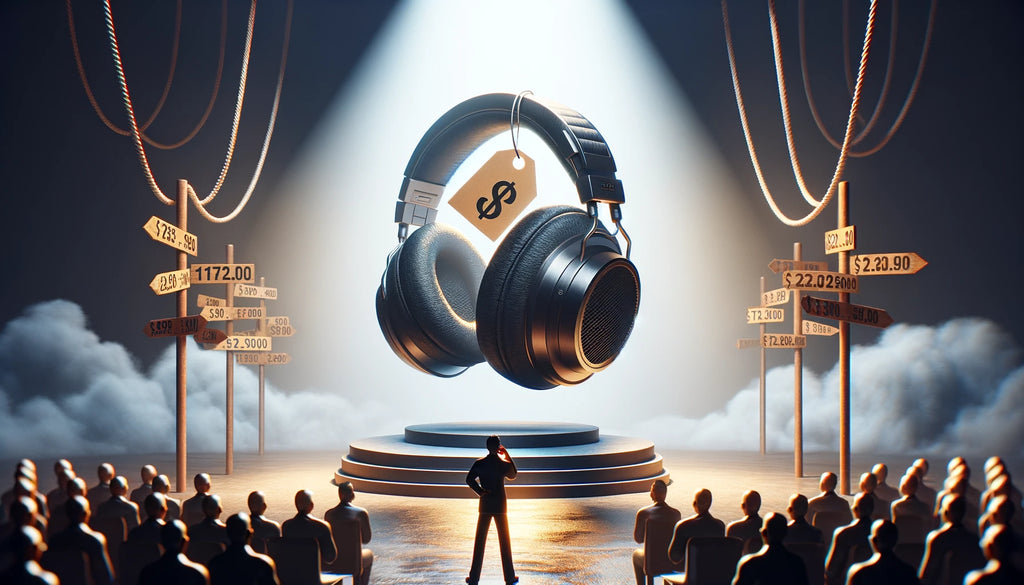
With both open-back and closed-back headphones now available at just about every price point from budget picks to four-figure luxury designs, how much bang can you expect per buck depending on which style you choose?
As a bargain-hunter who has tested headphones across low, mid and high tiers for years, I’ve come to recognize distinct value differences in the two categories.
Open Backs - Pay More for Audiophile-Grade Sound
In the open-back arena, you generally have to spend over $200 to get decent sound quality, with the magic really happening in the $300 to $600 bracket for spatial imaging and harmonic detail.
Popular open-back headphones I love from Sennheiser, HiFiMan and Grado cost anywhere from $350 to $500. The premium Austrian Audio and Audeze models audiophiles covet bump up to $799 and beyond.
So while more affordable open-back options exist, you pay extra for that pristine open-back sound magic.
Closed Backs - Get More Smash for Cash
Thanks to modern acoustic engineering and processing tricks, closed-back headphones deliver much more aggressive pricing and performance ratios, especially for bass lovers.
Well-tuned bass-heavy closed-backs like my Treblab Z7-Pro and Sony XB900N cans cost well under $200. The legendary Bose QC 700 noise cancellers outperform $500 open backs for $379.
And celebrities like Beat and Skullcandy pack insane sub-bass rumble into <$100 closed-back styles with surprisingly good clarity too!
If you want spatial realism on a budget, closed-backs give you far more bang for buck!
Tuning into Your Listening Priorities
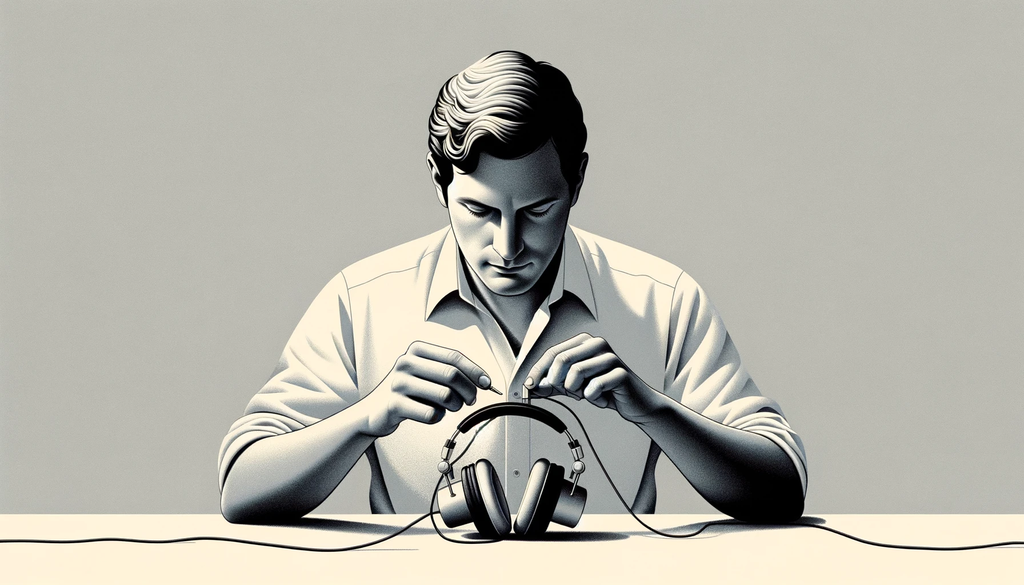
With open and closed-back headphones differing across sound staging, noise control, frequency response, durability, and pricing considerations, personal listening priorities should ultimately guide your decision between the two.
Over years of testing headphones and understanding diverse listener needs as an audio engineer and technician, I’ve noticed key preferences that sway choices.
Sound Signature and Isolation
Your number one decider should be identifying sound characteristics most important to you - immersive spatial imaging or punchy bass emphasis? Noise isolation for travel settings or natural leakage for focused listening?
As a mixing engineer, I need supremely balanced and detailed mids/highs that reveal every nuance. And for my tinnitus condition, maintaining a quiet environment is vital. Hence open backs suit me best.
But my hip hop producer friend lives for earth-shaking sub-bass rumble. And he produces on noisy NYC subways. So closed backs align better to his listening needs!
Styles and Special Features
With headphones becoming as much of a fashion statement as audio gear, aesthetic preferences for colorful and customizable models could also sway your open vs closed decision if sound quality is comparable.
And bonus features like active noise cancelling on some closed backs could be a tipping point to enhance isolation further. Identify must-have styles or capabilities.
Comfort and Long-Term Listening
Especially if you plan on wearing headphones many hours a day for media consumption, gaming or monitoring mixes, long-term fatigue factors should be prime considerations.
Smaller ears may favor closed backs while larger ears that trap heat and moisture would benefit from open backs. And glasses-wearers require more comfy padding.
By tuning into these granular preferences, you can determine whether open or closed back aligns better. And find options tailored specifically to your listening needs!
FAQ
Is It Better to Have Open or Closed Headphones?
There’s no definitive “better” option. Choose open-back headphones if you want expansive, detailed sound quality for focused listening in quiet indoor settings. Get closed-back versions for emphasized bass and noise isolation during travel and mobility use.
Can Others Hear Open Back Headphones?
Absolutely yes! The open grille design provides zero sound isolation, allowing music to freely leak out. Use open-back headphones only in private spaces to avoid disturbing people near you in public settings or shared rooms.
Which Is Better for Gaming - Open Back or Closed Back Headphones?
For multiplayer battle royales and FPS titles where pinpointing enemy locations is vital, open-back headphones provide a wider, more accurate soundstage for holographic imaging so you can clearly hear sneaking footsteps.
Do Open Back Headphones Leak a Lot?
By design yes - the open-back construction allows music to naturally radiate outward without passive isolation layers muting leakage. So sound spillage is very prominent. Avoid using open-back headphones to DJ parties or around sleeping family members!
Are Open Back Headphones Less Fatiguing?
Generally yes thanks to greater long-term comfort from their lightweight build and added breathability that prevents ear warmth and moisture buildup. Closed-back headphones tend to get uncomfortable and sweaty during extended multi-hour listening sessions.
Why Do Open Backs Have No Bass?
It's not that they can't produce bass - their open design reduces extreme low-frequency emphasis compared to closed-back cousins. If thunderous sub-bass rumble is essential to your music, closed-back headphones tuned for emphasized lows would be the ideal choice.
What's the Point of Closed Back Headphones?
Closed-back headphones provide noise isolation by stopping external ambient sounds from interfering with your music. Their sealed design also prevents internal audio leakage to be considerate of bystanders. These factors make closed-back headphones the ideal portable pick for travel and mobility usage.
Deciding Between Open and Closed-Back Headphones
As we've explored across sound quality, noise control, use case fits and personal preferences, open-back and closed-back headphones each cater to different listening priorities.
Open-back headphones provide an expansive, detailed soundstage for focused critical listening applications, albeit with sound leakage drawbacks.
Closed-back headphones emphasize bass and isolate noise for portable on-the-go use at the cost of narrower space and frequency veiling.
Rather than viewing one design as inherently superior, identify key sound and feature preferences that best align with your listening activities.
Do you crave silky imaging and acoustic balance for studio mixing sessions? Open backs.
Is bass thump and travel-friendly noise isolation most vital? Closed backs.
By tuning into your audio priorities and matching headphone designs accordingly, you’re guaranteed immersive listening bliss!


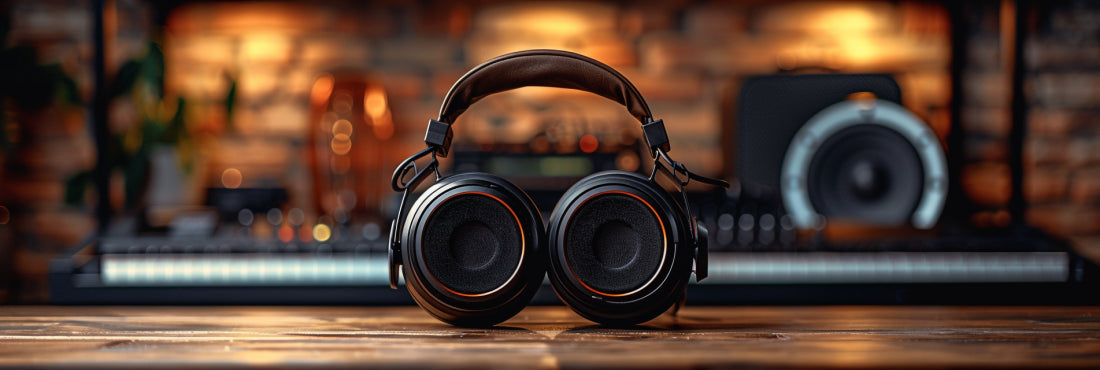
Share:
Listening In Style: Finding the Perfect Headphones for Women - Our TOP 10 Picks
Best 10 Headphones for Sales Calls